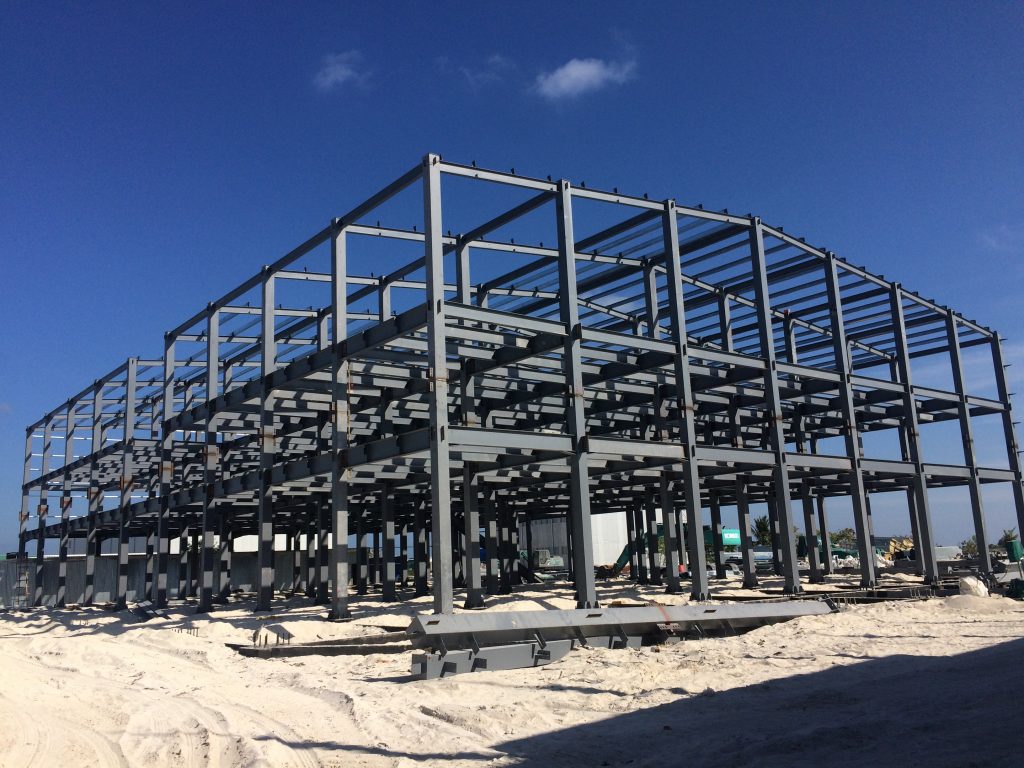Inspections play a critical role in ensuring the quality and safety of structural steel construction. Throughout the fabrication and erection processes, various inspections are required by building codes to verify compliance with approved plans, specifications and welding procedures.
Shop inspections are conducted during steel fabrication at the manufacturing facility. Inspectors check material certifications, dimensions and tolerances of members, proper fits between connections, welding procedure qualifications and non-destructive testing records. They confirm elements meet design drawings and approved submittals before shipment.
Non-destructive examination uses techniques like dye penetrant testing, magnetic particle inspection and ultrasonic testing to check steel components for surface-breaking flaws without damaging the base metal. These inspections are performed regularly based on written procedures and standards.
Prior to field welding, inspectors examine steel cleanliness and profile to verify joint fit-up and conformance with approved welding procedures. Any needed repairs or corrections are made before proceeding. Temporary welds for handling and erection are also spot-checked.

During erection, inspectors monitor welding, connection installation and bolting work to ensure procedures are followed properly. They observe welding conditions, welder qualifications and paperwork, preheat compliance if required. Wi-fi cameras help inspect difficult-to-access joints.
Inspectors pay close attention during critical phases like high steel work by examining centering, plumbing, bracing and welding over open spaces below. Bolting tightness in slip-critical joints and seat details for bearing-type connections are priority areas.
As materials arrive on site, their certifications and mill test reports are verified against approved submittals. The steel components themselves undergo visual checks for transportation damage, proper identification markings and general conformity.

Some inspections involve specialized equipment. Magnetic particle flaw detectors pinpoint surface-breaking defects invisible to the naked eye. Ultrasonic testing examines member thickness, detects internal voids and verifies fusion penetration depth in welds.
Coatings and fireproofing receive checks for appropriate application and thickness over joints, edges and other critical locations. Any damaged areas needing repair prior to enclosing the structure are flagged.
Quality control does not end here – inspection continues during concrete operations to oversee shear stud installation, anchor bolt tightening and embedded steel placement before pour. Final walkthroughs verify items are completed per plans.
Careful inspection at every phase helps ensure structural steel framing is installed accurately and safely to support the building as designed over its service life. This protects both workers during construction and occupants long after.

Related news
-
Considerations for Designing Long Span Steel Truss Systems
2023-09-07 11:51:55
-
Standard Types and Sizes of Steel Sections Used in Construction
2023-09-07 13:58:01
-
Steps in Erecting a Steel Structure for a High Rise Building
2023-09-07 11:37:19
contact us
- Tel: +86-532-88966982
- Whatsapp: +86-13793209022
- E-mail: sales@lidajituan.com


